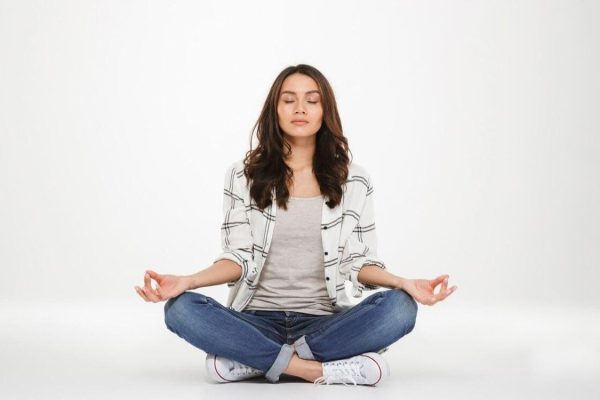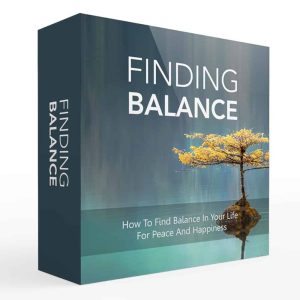Meditation helps us relax and become more conscious in a hectic society. Research suggests that meditation may have benefits beyond temporary stress relief. Teachers, religious leaders, and mental health professionals have meditated in many ways.
Meditation has so many types that most individuals, regardless of their background, should discover one that works for them. Meditation improves physical, mental, and emotional wellness. There is no right way to meditate, so individuals may try numerous methods until they discover one that works.
Here are some facts regarding the many types of meditation:
- Discover and try various subtypes of each meditation style.
- Meditation teachers have differing views on how frequently to meditate.
- You may combine different kinds or try multiple methods until you find the right one.
Types of meditation
Love-kindness Meditation
With so many meditation methods, most individuals should find one that works for them. Loving-kindness Metta meditation is meditation. It encourages individuals to love and be compassionate toward everything, even adversaries and stressors. Practitioners take long breaths to imagine receiving loving love.
Then, they transmit love and compassion to the planet, people, or loved ones. Most forms of this mindfulness include repeating the message until the practitioner feels loving kindness. Loving-kindness Meditation promotes self- and other compassion.
It helps those afflicted by:
- Anger
- Frustration
- Resentment
- Interpersonal conflict
The benefits of this meditation include reduced sadness, anxiety, and PTSD.
Body scan or gradual relaxation
Progressive relaxation Meditation helps find body tension. Body scan meditation is another name for this. The objective is to recognize and release stress. Progressive relaxation begins at one end of the body, generally the legs, and works up.
Muscles must be tensed for gradual relaxation before release. Some say to envision a wave over their body to reduce tension. Progressive relaxation helps people relax. It may also reduce chronic pain. Because it progressively relaxes the body, some individuals utilize this meditation to fall asleep.
Mindfulness Mediation
Meditation that promotes Mindfulness helps individuals remain present. Mindfulness teaches individuals to concentrate on the now rather than the past or future. Lack of judgment is crucial. So, instead of thinking about how irritating a lengthy wait is, a practitioner will say it without judgment. Almost anywhere, you can meditate on being present.
A person standing in line at a grocery shop may peacefully observe the sights, sounds, and fragrances. Most meditations require awareness of the present. Progressive relaxation and breath awareness help individuals recognize body tension. Many styles of meditation focus on mindfulness, which has been extensively studied.
A study found that mindfulness can:
- Focus less on negative sensations.
- Concentrate, recall, and behave less impulsively.
- Improved relationship happiness
Some research suggests mindfulness is healthy. A study of African males with chronic renal illness found mindfulness meditation decreased blood pressure.
Meditation on Breath-Awareness
Meditation with breath awareness helps individuals breathe more mindfully. Practitioners count or focus on calm, deep breaths. Focus on breathing and ignore other thoughts. Breath awareness meditation has many of the same benefits as mindfulness. These include decreased anxiety, improved attention, and emotional flexibility.
Kundalini Yoga
Kundalini yoga incorporates mantras, poses, and deep breathing. Most individuals learn from teachers or classes. The postures and mantras are learnable at home. Kundalini yoga, like other yoga, strengthens and reduces pain. It may improve cognitive health by reducing anxiety and depression. In 2008, veterans with persistently low pain discovered that yoga reduced their pain, increased their energy, and improved their mental health.
Zen Meditation
Buddhists practice Zen meditation, also known as Zazen. Zen meditation requires specific procedures and postures. Thus, practitioners usually study under a master. Choose a comfortable seat, focus on breathing, and observe your thoughts without judgment. Again, this meditation is similar to mindfulness but requires more practice and discipline. It may appeal to those seeking relaxation and a new relationship with God.
Transcendental Meditation
The heavenly transcendental meditation involves sitting and taking calm, deep breaths. A person should advance beyond their current position. Meditation involves focusing on a mantra, phrase, or repeated words. Physician birth year and teacher training date influence a teacher’s mantra.
People with alternatives may select their motto. Although it resembles transcendental meditation, this current version is different. Meditation may lead to repeated sayings, and I am okay with public speaking. Transcendental meditation practitioners report spiritual experiences and increased awareness.
How Long Will It Take to Start Working?
Different styles of meditation teach awareness, steady breathing, and acceptance. Meditation is not for gain. Focusing on outcomes might generate anxiety, making meditation less effective. Meditation works rapidly, according to most studies.
Meditation is usually researched by monitoring individuals for weeks or months, not years. Many meditators feel better afterward. Meditation reduces stress, increases acceptance, and brings tranquility. Time and practice may make you experience these feelings without meditating.
Conclusion
If you meditate every day, it will become a habit. No answer exists for this query. One belief is that some meditation is better than none. A person who can only meditate once a week shouldn’t give up. One may start with a couple of weekly sessions and move up to one each day. Practicing simultaneous meditation regularly might become a habit. If meditation helps, practice it twice a day or whenever you’re anxious.















